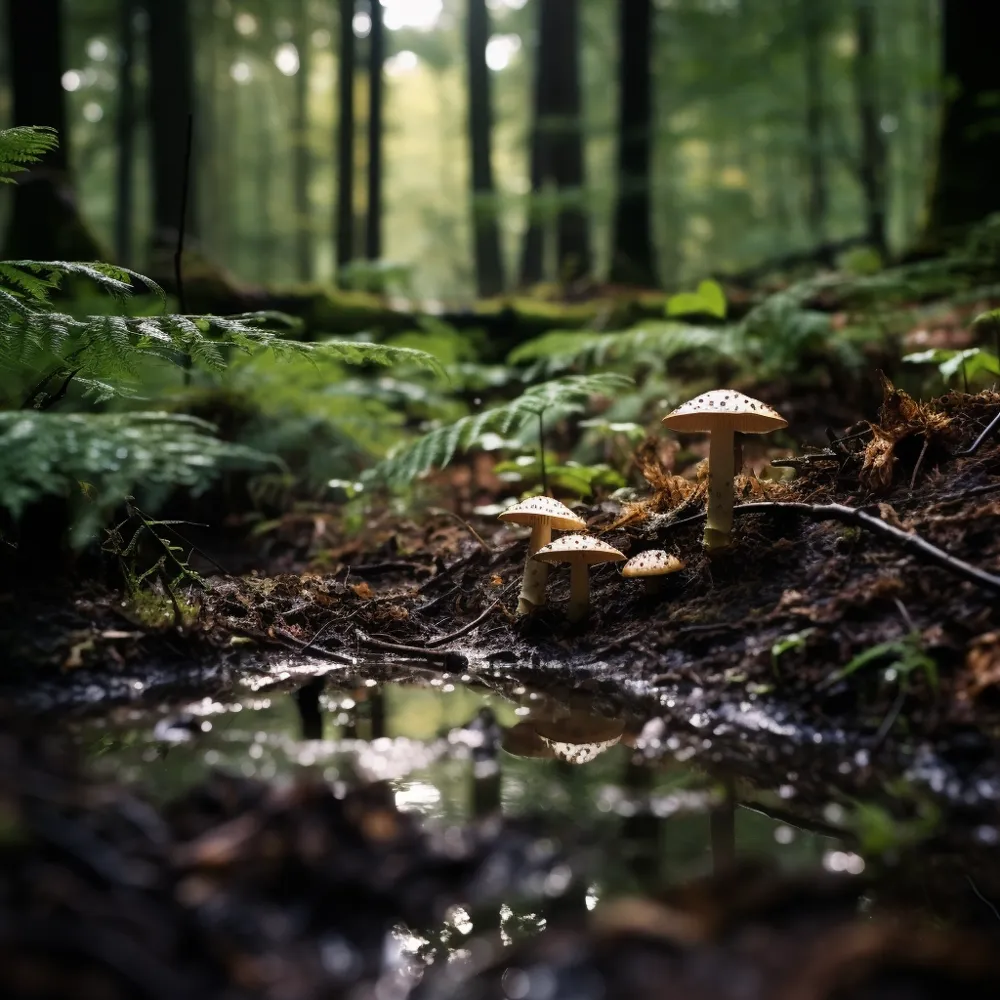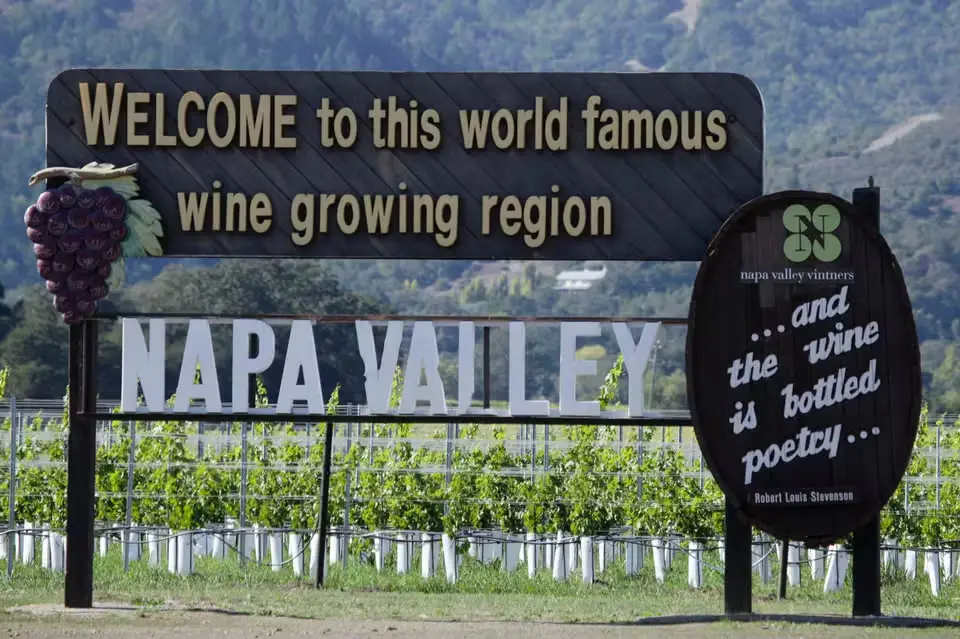What is an Earthy Wine? Earthy Wines You Will Love!
When you look at the wine expert's tasting notes, there are some words that may appear often. Some of these terms might be unfamiliar or even esoteric to the average wine lover. Perhaps you've noticed the term "earthy" gracing the back label of a bottle of Pinot Noir, or you've heard a sommelier in a restaurant use it to describe a particular wine.
But what exactly does "earthy" mean in the context of wine? In a previous article, we explored the concept of minerality in wine. Today, let's dive into the intricacies of the earthiness in wine.
It's worth noting that earthy is a term mostly used to describe red wines. Very rarely can a white wine be earthy, but examples are found with some old vintage, evolved whites.
Understanding Earthiness in Wine
Earthy wines constitute a distinctive category within the vast array of wine characteristics. In contrast to wines that emphasize primary fruit, floral, herbal, or spicy aromas, earthy wines evoke the essence of the land.
The term "earthy" encompasses a spectrum of aromas and flavors associated with nature and natural organisms, including scents of soil, wet earth, undergrowth, barnyard, mushrooms, and leather. This quality adds nuanced layers of depth to the tasting experience. However, an excessively intense earthy quality may serve as an indicator of a wine fault.

What Does an "Earthy" Wine Taste Like?
In contrast to a fruit-forward wine, an earthy wine exhibits a less predominant fruit character, which may not be immediately noticeable. Instead, one may encounter nuanced flavors of damp soil, mushrooms, forest floor, tar, leather or horse blanket, even a faint "manure" note.
Picture yourself walking in a lush forest after a rainfall, where the damp earth and mushroom smells catch your senses. These subtle aromas and flavors weave into the wine's overall taste profile, imparting complexity. However, there exists a fine line between the pleasant earthiness that enhances complexity and an overly pungent earthiness, considered a wine fault known as Brettanomyces.
What Gives Wine Its Earthy Character?
The origins of earthy flavors in wine are complex and involve a variety of factors. Certain grape varieties inherently possess earthy characteristics. Pinot Noir and Nebbiolo, for example, are renowned for their distinct earthy profiles. Pinot Noir unveils aromas of mushrooms and forest floor, while Nebbiolo exhibits a pronounced earthy character with notes of truffle, dried rose, and tar.
The environment in which grapes grow, known as terroir, coupled with winemaking styles, plays a crucial role in shaping a wine's earthiness. For example, Syrah from the northern Rhone in France often highlights more prominent earthy notes compared to the fruit-forward Australian Shiraz. Similarly, the earthiness in Burgundy Pinot Noir or New Zealand Pinot Noir tends to be more noticeable than the vibrant, juicy fruit characters commonly found in Californian Pinot Noir.
The evolution of a wine in the bottle significantly impacts its earthy qualities. Aged Bordeaux wines, through bottle aging, often develop a notable earthiness that contributes to their complexity. However, when these wines are young, the earthy notes may be less pronounced.
Earthy Wines You Need to Try
Pinot Noir
Among the noble red grape varieties, Pinot Noir stands out for its ability to convey the essence of terroir with grace and finesse. Originating in the Burgundy region of France, Pinot Noir thrives in cool-climate vineyards with diverse soil types. Wines crafted from Pinot Noir grapes often exhibit earthy aromas of damp forest floor and mushroom, complemented by red fruit flavors and silky tannins. Burgundian Pinot Noirs, notably those from the Côte de Nuits and Côte de Beaune, represent the pinnacle of earthiness in wine.
Nebbiolo
Hailing from Italy, Nebbiolo is renowned for its ethereal attributes and profound expression of terroir. Primarily cultivated in the Piedmont region, notably the prestigious Barolo and Barbaresco, as well as in smaller appellations in Piedmont like Gattinara and Valtellina region in Lombardy, Nebbiolo yields wines of exceptional complexity and longevity. Nebbiolo wines captivate the senses with notes of dried roses, tar, leather, and truffles, complemented by a robust tannic structure and lively acidity.
Sangiovese
As the foundation of Tuscan winemaking, Sangiovese reigns supreme in producing wines with rustic charm and earthy characters. The Sangiovese grape, grown in the rolling hills of Chianti, Brunello di Montalcino, and Vino Nobile di Montepulciano, captures the essence of Tuscan terroir. Sangiovese wines have aromas of earth, wild herbs and leather, with a savory undertone.
Cabernet Franc
Cabernet Franc, a noble grape originating from the Bordeaux region and also thriving in the Loire Valley, unveils its distinctive earthy character in some of the world's most esteemed wines.
Known for producing wines with aromatic notes of black currant, bell pepper, tobacco, and graphite, Cabernet Franc plays a pivotal role in the Right Bank Bordeaux appellations such as Saint-Émilion and Pomerol. Here, it contributes depth and complexity to the wine. In the Loire Valley, specifically in appellations like Chinon and Saumur Champigny, an aged Cabernet Franc exhibits additional nuances, revealing subtle tones of pencil shavings and mushroom notes.
Tempranillo
As the icon of Spanish wine, Tempranillo wines are characterized by earthy richness and robust flavor. Aromas of ripe cherries, cedar, leather, and tobacco, along with hints of green, loamy earth and subtle smoke, particularly in the renowned wine regions of Rioja and Ribera del Duero.
Mencía
Another lesser-known Spanish variety, Mencía, is a grape that thrives in the mineral-rich soils of Bierzo and Ribeira Sacra. Mencía wines are distinguished by their vibrant acidity, supple tannins, and pronounced earthy aromas. The sensory profile of Mencía wines is defined by notes of crushed rocks, wild herbs, bramble fruits, and violet petals, providing a captivating glimpse into the untamed beauty of Galicia's vineyards.
Earthy Wines and Food Pairing
Earthy wines are perfect for foods that feature the earthy notes. To complement their deep and layered flavors, earthy wines pair beautifully with mushroom risotto, truffle pasta, smoked meats, and aged cheeses.
If you want to explore more intricate flavors of wine, check our other articles:
Sylvia Ba



